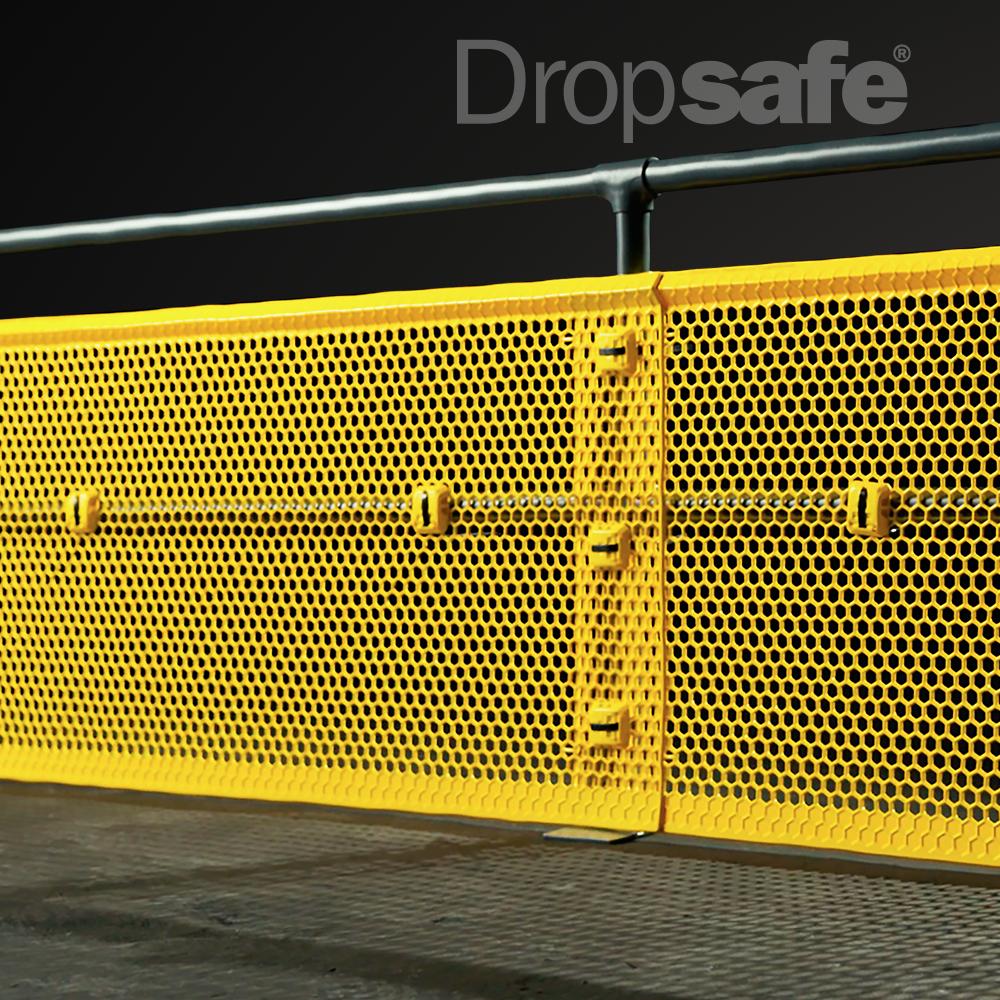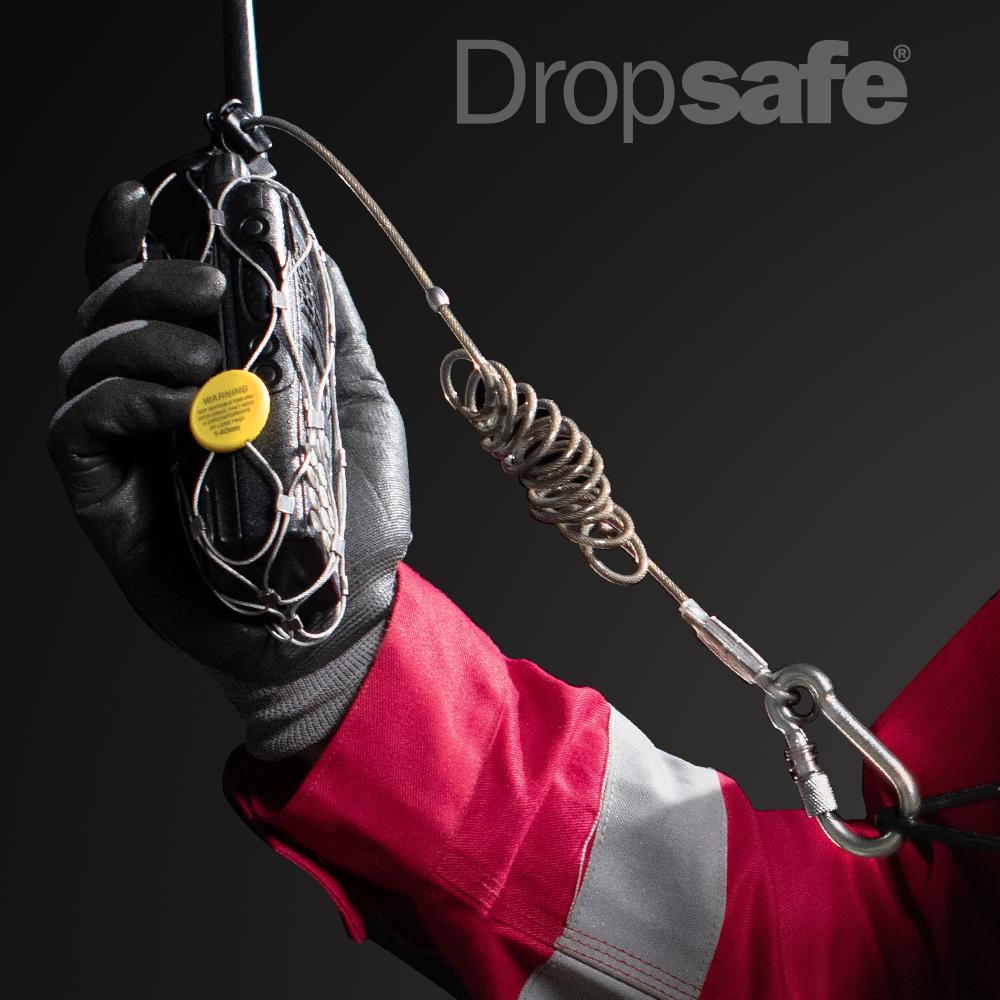OSHA and Drops
What do OSHA regulations mean for Dropped Object prevention?
As awareness of the need for comprehensive Dropped Object (DROPS) prevention strategies continues to grow across many industries, there has sometimes been uncertainty around how this key risk area is covered by regulatory frameworks in countries around the world.
Companies operating in the US must take Occupational Safety & Health Administration, or OSHA, into account – and the easiest way to do this is to ensure that Health & Safety best practice is implemented consistently throughout organisations.
Many companies might ask questions such as:
The answer will naturally vary from industry from industry. Regardless, there are concrete actions which companies can take to ensure OSHA compliance cost-effectively.
The Importance of OSHA Regulations
Dropped Object risks exist across many industries, including oil & gas, offshore energy, power generation, mining, construction and industrials. The risk of Drops incidents, especially dropped tools, is increased where personnel regularly work at height.
A further factor which can increase the risk of Drops is harsh conditions, which corrodes fixtures and can cause lights, cctv and speakers to come loose from their fittings and fall. This is an example of ‘static’ Drops, where no external force is applied to cause the Drops incident.
Vibration and impacts, common in the industries above, can also cause Drops incidents by dislodging equipment – these are ‘dynamic’ Drops.
Falling objects, or Drops, pose a fourfold risk to the safety of personnel, the integrity of equipment, the finances of the company, and ultimately, the reputations of companies which fail to ensure that they implement a robust Dropped Object prevention programme in line with best practice.
What does this have to do with OSHA? OSHA regulations and penalties are an example of the risks which Drops pose to companies. The regulatory framework of each country dictates how entire industries, and therefore individual companies, are penalized by a failure to tackle Drops effectively.
Currently, the fine levied by OSHA for serious violations of OSHA regulations is $13,494 per violation. Companies which consistently fail to be OSHA compliant are at risk of being hit with a ‘willful’ or ‘repeated’ violation, and the cost of this is $134, 937 per violation.
Below, the OSHA standards affecting Drops are covered, so that companies looking to become or remain OSHA compliant are able to do so.
OSHA Standards & Drops Prevention
A key component of OSHA compliance is protecting workers from falling objects, or Dropped Objects (Drops). There are currently 50,000 OSHA recordable incidents involving Drops every year in the US. The scale of this problem should be enough to spur companies into action – but Drops prevention is also covered by various OSHA standards.
At present, there are several OSHA regulations which companies must be aware of regarding Dropped Objects. Some of the most relevant OSHA standards include:

|
OSHA 1910.29(f)(1)
This section requires employers to provide protection for each employee exposed to fall and falling object hazards. Unless stated otherwise, the employer must ensure that all fall protection and falling object protection required by this section meet the criteria in §1910.29, except that personal fall protection systems required by this section meet the criteria of |

|
OSHA 1910.29(a)(1)
Ensure each fall protection system and falling object protection, other than personnel fall protection systems, that this part requires meets the requirements in this section. The employer must ensure each personal fall protection system meets the requirements in subpart I of this part; and |

|
OSHA 1910.29(a)(2)
Provide and install all fall protection systems and falling object protection this subpart requires, and comply with the other requirements in this subpart before any employee begins work that necessitates fall or falling object protection. |
Cost-effective strategy for remaining OSHA compliant
What is the most cost-effective strategy for remaining OSHA compliant while tackling Dropped Object risks?
Compliance with OSHA standards is never a problem for companies that are already at the forefront of Health & Safety best practice. The best Drops prevention solutions, for example, will be OSHA approved – companies must not risk falling afoul of OSHA regulations by failing to use OSHA compliant products.
For example, the Dropsafe Barrier and Dropsafe Net are both OSHA compliant. The Dropsafe Barrier is compliant with essential OSHA standards such as 29-CF 1910.212(a)(3)(ii), 29-CFR 1910.217(f)(4), 29-CFR 1926.502(b)(5).
Best practice in Drops prevention will often exceed present OSHA regulations – but OSHA standards evolve constantly. Companies can easily be left behind and end up scrambling to catch up at great expense. Forward thinking companies will already be ahead, with planned and well executed Drops prevention strategies the norm among industry leaders in O&G in particular.
The same goes for ensuring personnel are trained to the highest standards of OSHA workplace safety, including OSHA fall protection training. This must be reinforced by equipping personnel with OSHA approved personal secondary tethering, such as the Dropsafe Pouch. With dropped tools forming some of the most overlooked Drops incidents, and underreporting a problem across a broad spread of industries, it is vital that companies take action to tackle this problem.



